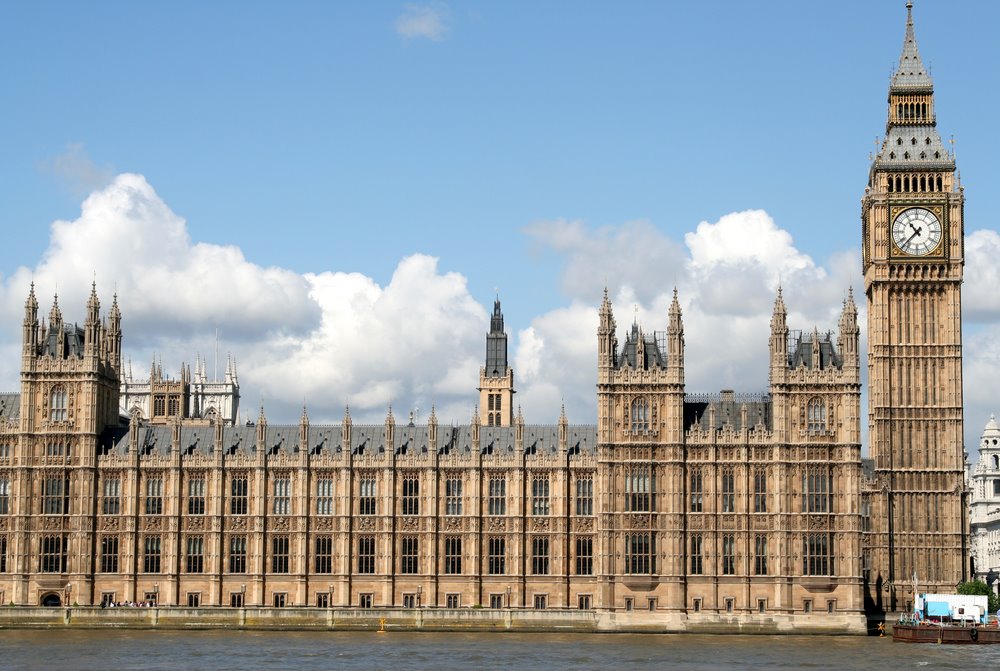The Non-Domestic Rating (Lists) Bill implements commitments made by the Chancellor of the Exchequer in the Autumn Budget 2017 and the Spring Statement 2018 to bring forward by one year the next revaluation for non-domestic rates to 1 April 2021 and to move the cycle of new rating lists thereafter in England from every five years to every three years. The Cabinet Secretary for Finance to the Welsh Government announced in a written statement on 11 July 2018 that the date for the next revaluation in relation to Wales would also be brought forward to 1 April 2021 in line with its English counterpart.
The Bill also moves the latest date by which draft rateable values must be published from 30 September preceding the new rating list to 31 December preceding, in relation to both England and Wales.
The next revaluation in Scotland will be in 2022, although Scottish Government has announced, in its response to the Barclay Review, that revaluations in Scotland will be carried out every three years thereafter.
These change, introduced in the Bill, follow a Treasury consultation in 2016 regarding more frequent rating revaluations. There was strong support from ratepayers responding to that consultation for more frequent revaluations, with the aim of keeping rateable values, on which business rates liabilities are based, more closely aligned with current market values.
More frequent revaluations should achieve that, but ratepayers will need to be satisfied that rates liabilities will actually move in line with market changes and that there will be no restrictions to rates liabilities being reduced, following the revaluation in 2021 and subsequently. Ratepayers in many parts of the country, who expected to see reductions following the 2017 rating revaluation have not done so to any significant degree because of the scheme of transitional adjustments introduced following the revaluation. This scheme has limited rates reductions for larger properties to 4.1% and 4.6% in the first two years following the revaluation, and even these reductions are then adjusted back upwards for CPI inflation!
So, ratepayers whose rateable value might have fallen by 20% or 30% following the last revaluation, have seen a reduction in liability of less than 5% in the first two years since that revaluation. If more frequent revaluations are to achieve their aim, this issue will have to be addressed properly.

